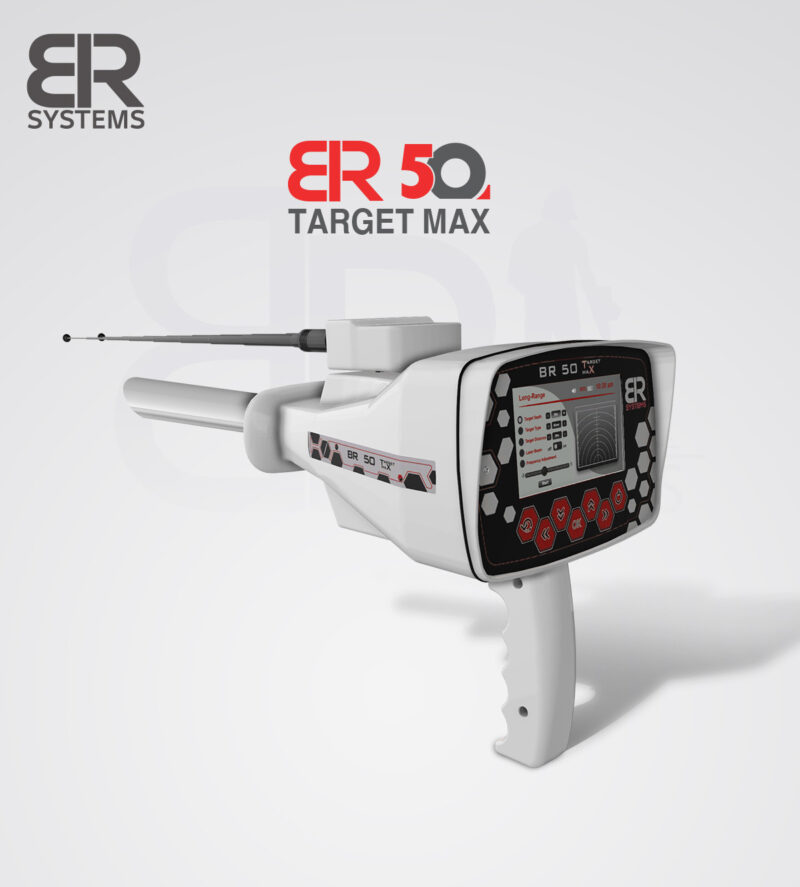Treasure hunting has always fascinated people, whether it’s the search for ancient relics, hidden coins, or natural gold deposits. In recent years, one particular type of device has sparked both excitement and debate among professionals and enthusiasts: long range gold detectors. These detectors are marketed as tools that can identify gold from considerable distances, often before excavation even begins. But are they truly effective, or do they promise more than they deliver?
As someone who has explored how different detection systems perform in real-world conditions, I can say that long range detection is both an evolving technology and one that requires realistic expectations. Understanding its capabilities and limitations is crucial for anyone considering an investment in such devices.
What Are Long Range Gold Detectors?
At their core, long range gold detectors are specialized instruments designed to detect gold or valuable metals from significant distances. Unlike conventional metal detectors that rely on close-range scanning with coils, long range systems often use antennas, frequency signals, and directional scanning to cover larger areas.
This makes them especially attractive to professional treasure hunters who work in expansive terrains such as deserts or mountainous regions. Instead of scanning every square meter with a standard device, long range detectors allow for broader sweeps, helping hunters focus their efforts on the most promising zones.
However, effectiveness depends on more than just the marketing claims. Terrain conditions, soil mineralization, user experience, and the quality of the detector itself all play major roles in determining results.
The Science and Limitations Behind Long Range Detection
The principle behind long range detection involves transmitting and receiving frequency signals that resonate with certain metals. In practice, this means the device can guide the user toward areas where gold or similar metals may be buried.
Yet it’s important to note that these signals can sometimes be affected by environmental factors like underground water, mineral-rich soils, or even interference from nearby electronic devices. This is why professional users emphasize training and practice as much as the device itself.
When used properly, long range detectors can save countless hours of trial-and-error scanning, but they are not “magic wands.” They point you in the right direction, narrowing the search field before more precise tools take over.
The BR 50 Target Max: A Practical Example
One of the most talked-about models in the long range category is the BR 50 Target Max. This detector is designed to combine modern scanning technology with ease of use, making it accessible to both professionals and dedicated hobbyists.
The BR 50 Target Max stands out for its ability to locate targets up to significant depths while also covering wide areas. Its dual function of detecting both gold and underground cavities adds another layer of utility, especially for hunters exploring complex terrains. The device also incorporates clear user interfaces, adjustable settings, and strong build quality that ensures durability in the field.
What users particularly appreciate about the BR 50 Target Max is its balance of range and precision. Instead of overwhelming operators with complex data, it provides clear guidance, reducing the guesswork involved in long range scanning. For professional treasure hunters, this balance of practicality and technology makes it a valuable addition to their toolkit.
Real-World Applications of Long Range Detectors
So, how effective are long range detectors in the field? From my observations and the experiences of many hunters, they are particularly useful in two scenarios:
-
Large open landscapes: When searching in wide desert areas or uninhabited regions, long range devices allow hunters to narrow down hotspots without physically covering every inch of terrain.
-
Pre-surveying historical or archaeological sites: Before committing to a full excavation, detectors like the Quantum VX900 or BR 50 Target Max help confirm whether the location shows promise.
While no detector guarantees success, using long range systems as a first-step tool makes hunts more strategic.
Balancing Expectations and Results
Effectiveness often comes down to the user’s expectations. Those who expect long range detectors to instantly reveal treasure will likely be disappointed. But those who see them as strategic tools—designed to identify promising areas before switching to close-range scanning—tend to find them highly valuable.
Professional treasure hunters often use a combination of technologies: long range systems to narrow the search, VLF or pulse induction detectors for closer scanning, and 3D imaging devices to confirm target details. The synergy of these tools maximizes both efficiency and accuracy.
Are They Worth the Investment?
The answer depends on your level of commitment. For hobbyists who only search occasionally, a standard metal detector might be more practical. But for professionals, or those working in expansive terrains where time is limited, long range detectors can be a game-changer.
Devices like the BR 50 Target Max demonstrate that when backed by solid engineering and proper use, long range technology does deliver real-world benefits. As with all tools, it’s about understanding strengths and limitations rather than expecting miracles.
Final Thoughts
So, are long range gold detectors really effective? The short answer is yes, but with context. They are not meant to replace close-range detectors or guarantee treasure with every sweep. Instead, they provide direction, efficiency, and strategy in environments where standard detectors alone would be impractical.
For professionals and serious enthusiasts, investing in a reliable model like the BR 50 Target Max can make all the difference in streamlining searches and uncovering opportunities others might overlook. Used wisely, long range gold detectors are not just effective—they’re essential for modern treasure hunting.

